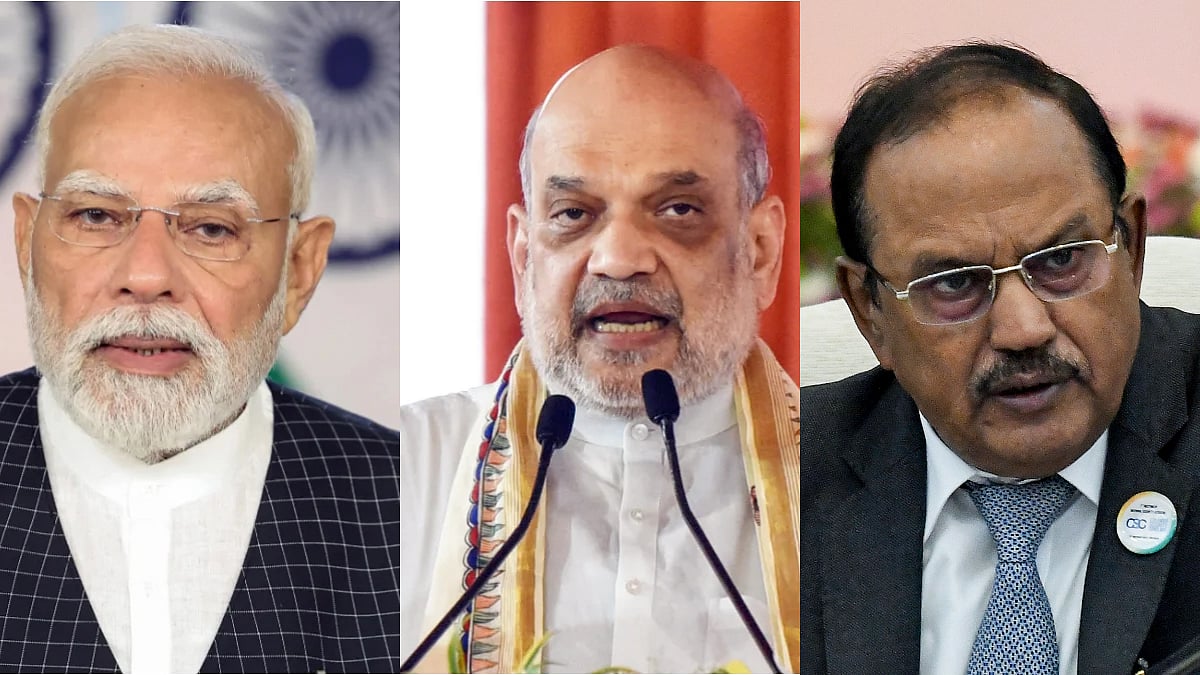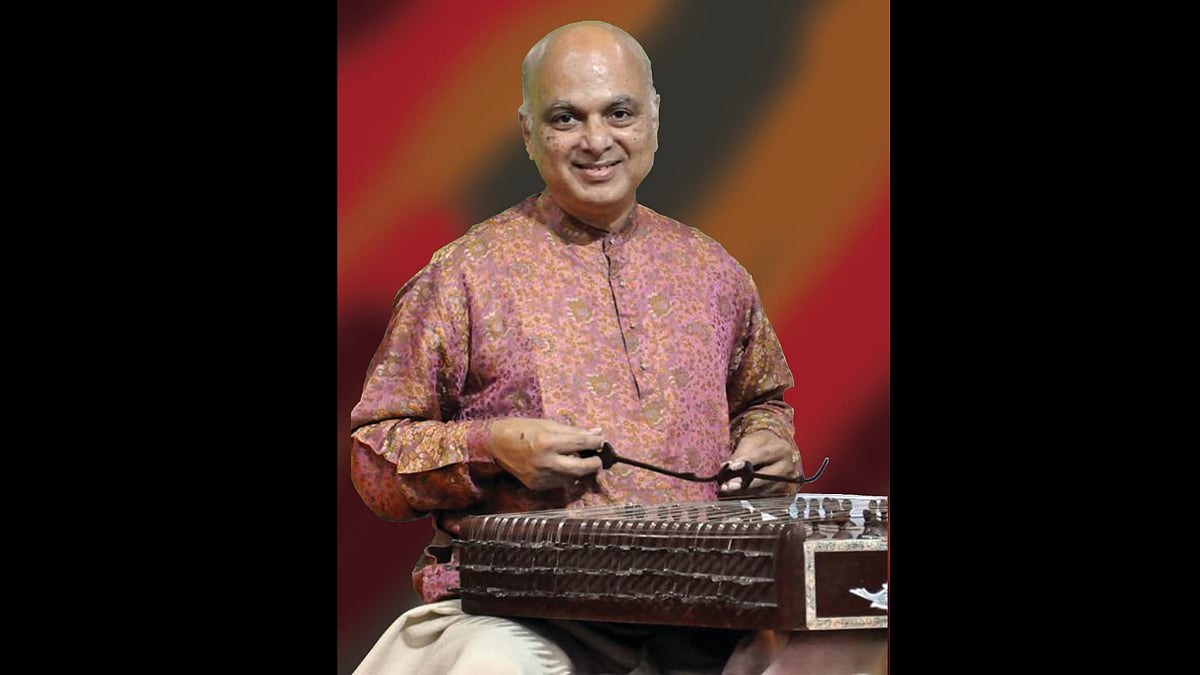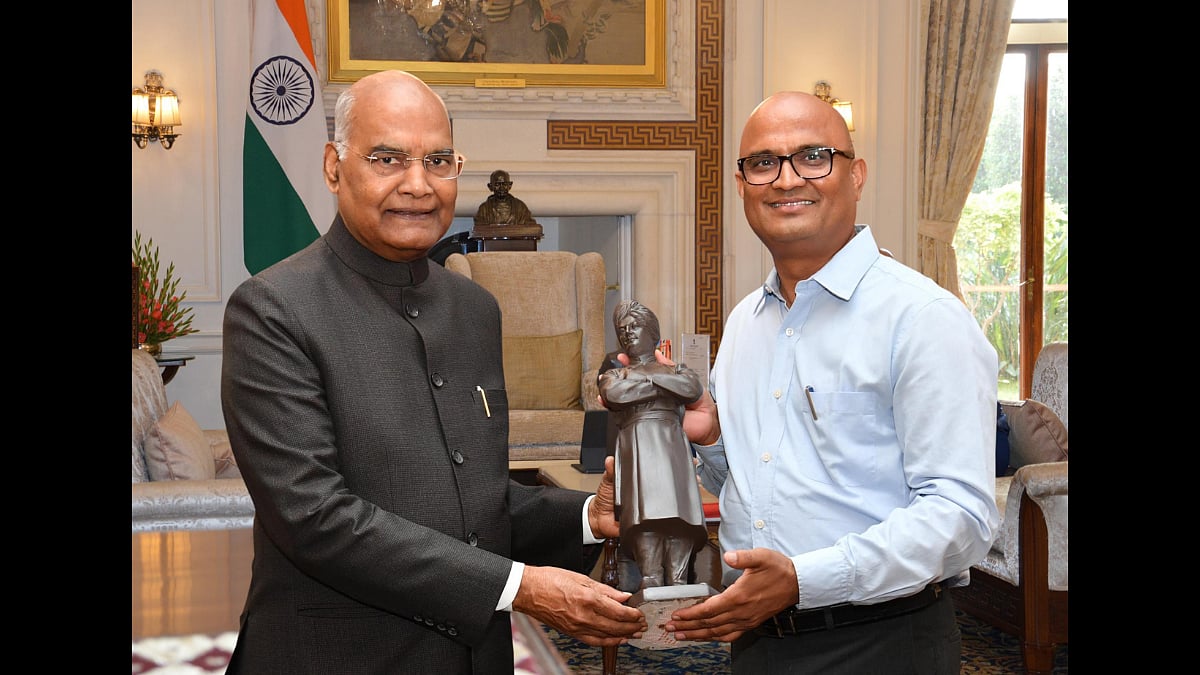Sana, Lisa and Soundarya are newscasters. They did not have any prior experience when they were recruited by three news channels. The first of them made a debut in Indian television journalism when she came on screen and introduced herself in multiple languages to an elite gathering that had Prime Minister Narendra Modi on the stage.
She was not a biologically born person. Rather, she was created using Artificial Intelligence that has been setting intellectual pursuits the world over on fire. The lady who introduced Sana also announced that Sana would, sooner than later, interview Modi.

AI generated news anchor- Sana |
Since the India Today Conclave in March, Aaj Tak, the Hindi channel has been using Sana every day for a short news-presentation.
The second AI-generated newscaster to hit the headlines in the media is of Odia origin. She was unveiled by the Odia news channel OTV. She also speaks Hindi, English and Odia fluently.

AI generated news anchor- Lisa |
The latest to arrive with a splash was Soundarya on the Kannada news channel Power TV. When she was presented to the viewers, the channel claimed that she was the first AI-generated newscaster from the whole of South India. It sparked a controversy forcing the management to tone down its claim. Soundarya is now Karnataka's first such newscaster.
This is because the news channel MediaOne in Kerala had already introduced an artificially created newscaster. The channel can claim credit for one thing. It was the first to introduce a male newscaster. It is a different matter whether characters developed by AI can be classified as male or female.
What exactly have Sana, Lisa and Soundarya been doing? They have been presenting news items, written and edited by human intelligence, with videos shot and edited, again, by human beings. However brilliant and multi-talented the three are, they have their limitations.
There is no disputing that AI has revolutionised various industries by automating processes, enhancing decision-making, and offering valuable insights. However, when it comes to day-to-day journalism, it faces several challenges that raise concerns about its suitability.

One of the core principles of journalism is to provide accurate and up-to-date information. In the case of television, the most favoured format is “breaking news”, events that are reported as they happen. As of now, AI cannot generate such news items.
AI systems, whether available on Google or as ChatGPT in India, often rely on pre-existing data sets and historical information, which can quickly become outdated. Reporting Oommen Chandy’s funeral requires the camera team to be at Puthuppally where his body would be laid to rest. This is certainly not AI’s cup of tea.
Not only that, they need to be agile and responsive to breaking news, constantly verifying facts, conducting interviews, and adapting their stories. AI, on the other hand, struggles to keep up with the rapid pace of real-time events and may inadvertently publish inaccurate or incomplete information.

Needless to say, journalism requires a deep understanding of context, nuance, and the ability to analyse complex situations. While AI has made significant progress in natural language processing and sentiment analysis, it still struggles to comprehend the subtleties of human communication. In other words, it cannot be relied upon to present a news item.
My friend Gopan of the Malayalam unit was the one who read the news about the assassination of Mrs Indira Gandhi for All India Radio. The news clip is still heard because of the intensity of sorrow it contained. No, he was not sentimental. He was just professional. Sana and others cannot empathise when empathy is required.
AI lacks the ability to interpret emotions, cultural references, and unspoken implications that are crucial in journalism. As a result, AI-generated content may lack the necessary depth and context, leading to misleading or incomplete reporting.
AI newscasters are trained on vast amounts of historical data, which also contain inherent biases. When these biases go unchecked, AI systems can perpetuate and amplify societal prejudices, leading to biased reporting.
On the other hand, journalism strives to provide fair and unbiased coverage. Journalists are trained to exercise critical thinking and adhere to ethical guidelines, ensuring balanced reporting.
Relying solely on AI for news generation runs the risk of unintentionally propagating biases and undermining the credibility of journalistic integrity.
Investigative journalism plays a crucial role in uncovering corruption, holding those in power accountable, and revealing hidden truths. This kind of journalism demands in-depth research, human judgment, and the ability to connect dots that may not be evident at first glance.
Of course, AI can assist in data analysis and information retrieval. It struggles to replicate the intuition, scepticism, and creativity that journalists bring to investigative reporting. AI lacks the ability to ask probing questions, follow hunches, and make intuitive leaps, which are essential for groundbreaking investigative journalism.

In other words, Sana will not be like Stephen Sackur of HardTalk fame and Karan Thapar, from whose studio Narendra Modi walked out, when he interviews the Prime Minister.
While AI can undoubtedly assist journalists by providing background information and automating certain tasks, it is not inherently suited to replace human journalists.
The dynamic nature of journalism, the need for real-time updates, contextual understanding, unbiased reporting, and investigative acumen require human expertise and judgment.
Journalists should leverage AI as a tool to enhance their work, but they must remain vigilant in ensuring accuracy, fairness, and ethical reporting. The partnership between AI and journalism should be approached with caution, focusing on utilising AI as a supportive tool, rather than as a replacement for human journalists.
For journalists, it is too early to worry about AI taking their jobs away, though actors, technicians, screenplay writers and lyricists in Hollywood went on a strike against film producers relying more and more on AI.












